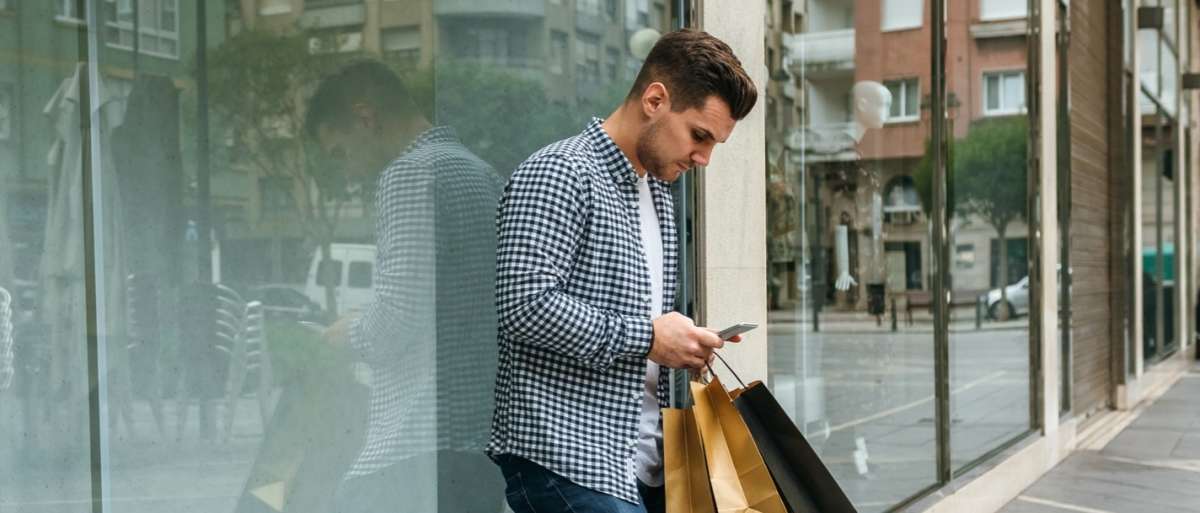More than ¾ of us embrace digital payment options now, McKinsey research shows, but what’s more interesting is how quickly we’ve adapted to using more than one. In 2019, less than half of those surveyed by McKinsey used two or more digital payment types. By 2020, that number jumped to nearly 60%.
Given that climate and appetite for new digital payment options, what’s in store for emerging payment types, specifically “Buy Now, Pay Later” (BNPL)?
Flywire COO Rob Orgel drew some unique insights from industry leaders on that topic during his “FinTech Forward: What Does the Future Hold,” panel at Flywire Forward recently. One thing was clear: BNPL has the attention of these leaders in financial services.
Buy Now, Pay Later is, put briefly, a form of short-term financing that allows consumers to order or obtain an item immediately and pay for it in smaller installments using a variety of payment methods. It’s grabbing a lot of headlines, and perhaps with good reason. In a separate McKinsey report, the firm projected that credit originated at the point of sale is projected to continue growth from 7% of US unsecured lending balances in 2019, to 13-15% by 2023.
When asked what he thought were the most exciting emerging items in the payments landscape, Matt Harris, who is a partner at Bain Capital Ventures, answered, “alternative rails to cards,” and put BNPL into that bucket. It’s a different tender type that's directly taking market share in the e-commerce transaction from a would've-been debit card or credit card transaction, he explained, and that has much broader implications.
With open banking and the advent of real-time payments, bank transfer rails start to become relevant for more transactional payment types that historically require the settlement times and the authorization and authentication times that only cards could bring. It’s an application of credit to bank transfer rails that is exploding, and for this reason, BNPL should be viewed as more than an isolated event.
“We're going to see different forms and variations on that theme over the next 10 years,” he said.
BNPL may also have a place in B2B transactions -- though it certainly isn’t one-size-fits-all. For indirect payments, where they're episodic or non-recurring, solutions that resemble B2C BNPL may be adopted by small businesses that have a really high cost of capital and less ability to get that capital in quickly, Citi CIO and Head of Citi Ventures & Citi Productivity Vanessa Colella offered. There’s opportunity in direct B2B payments, but it’s more complex and there are a lot of existing solutions with capabilities that deliver some similar advantages.
“Some of B2B will closely resemble B2C, and some of it will likely be much more a space where the incumbent banks play as they start to roll out new kinds of solutions for larger and more contracted payments,” she said.

BNPL holds promise for improving the customer experience for B2B, according to Money 20/20 Chief Strategy and Growth Officer Scarlett Sieber. She highlighted its utility in terms of access to data to improve and personalize customer experiences. With the strong movement of "buy now, pay later" on the consumer and now potentially to the business side, the amount of data that merchants should have on their customers, that these intermediaries should have on customers, should allow us to offer more integrated point of sale opportunities that is actually relevant for them, Sieber said.
“I just don't want to underplay the amount of data now with this digital pay that we didn't have before,” Sieber said.
While it presents many advantages, panelists also brought up the importance of balancing the convenience aspects of BNPL for consumers with the ability and capabilities to manage debt. There will be opportunities for those who can strike that balance.
“One thing that we are watching quite a bit at Citi is not just the advent of new vehicles to pay, but the importance of making sure that consumers can manage the various parts of debt,” Colella said. “I think this is something we just need to really keep an eye on as ‘buy now, pay later’ explodes as a sector.”
Panelists also shared insights on how neobanking may evolve, the role of regulation in cryptocurrency adoption, and what fintech they’re watching most closely. Watch the full session here.
